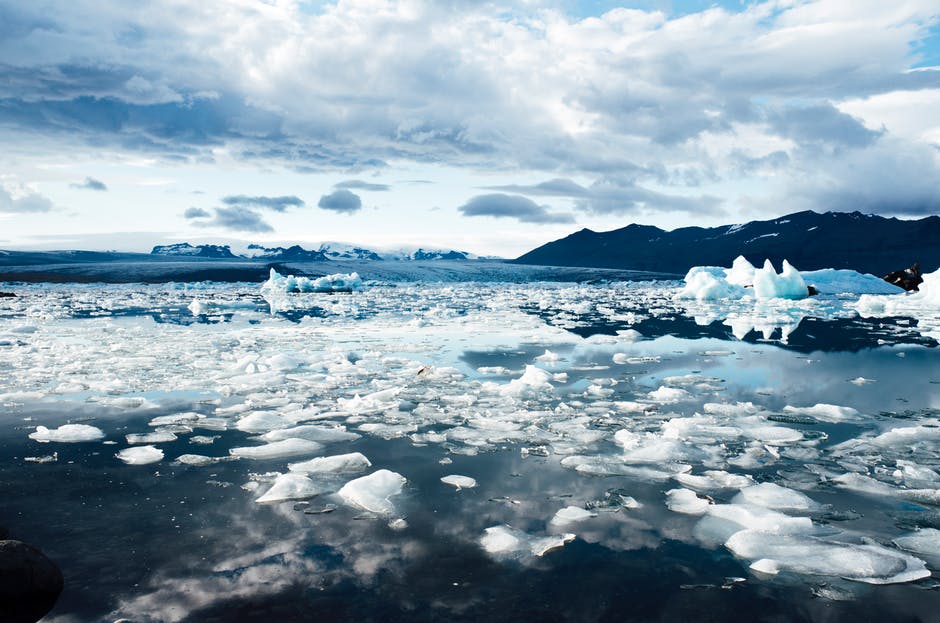Scientists say the loss of ice in Greenland lurched forward again last year, breaking the previous record by 15%.
A new analysis says that the scale of the melt was “unprecedented” in records dating back to 1948.
High pressure systems that became blocked over Greenland last Summer were the immediate cause of the huge losses.
But the authors say ongoing emissions of carbon are pushing Greenland into an era of more extreme melting.
A major international report on Greenland released last December concluded that it was losing ice seven times faster than it was during the 1990s.
Today’s new study shows that trend is continuing.
Using data from the Grace and Grace-FO satellites, as well as climate models, the authors conclude that across the full year Greenland lost 532 gigatonnes of ice – a significant increase on 2012.
The researchers say the loss is the equivalent of adding 1.5mm to global mean sea levels, approximately 40% of the average rise in one year.
According to a calculation by Danish climate scientist Martin Stendel, the 2019 losses would be enough to cover the entire UK with around 2.5 metres of melt water.
Both last year and 2012 were marked by “blocking” events, the researchers say, where disturbances in the jet stream saw high pressure systems become stuck over Greenland, resulting in enhanced melting.
“We seem to have entered a realm of more and more extreme melt in Greenland,” said lead author Dr Ingo Sasgen, from the Alfred Wegener Institute in Bremerhaven, Germany.
Read more: BBC




